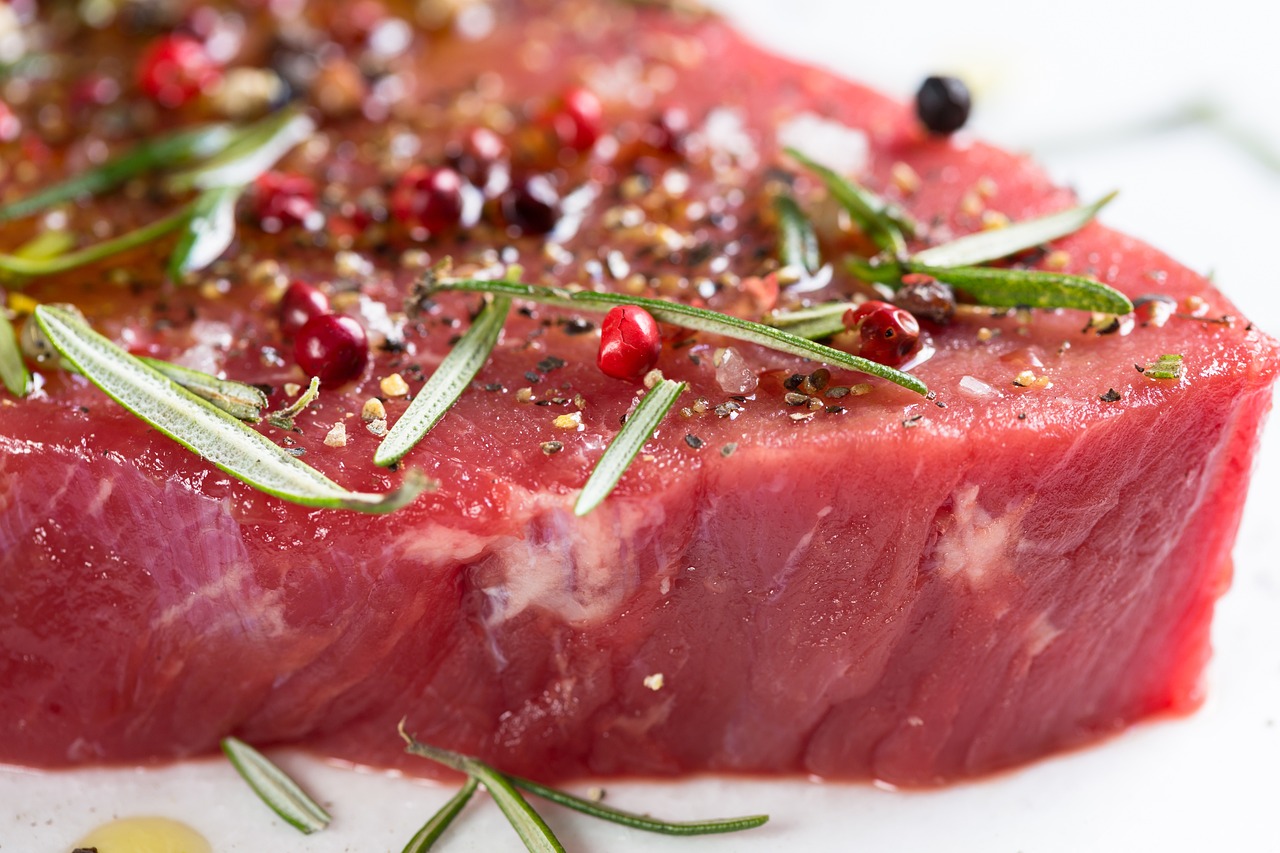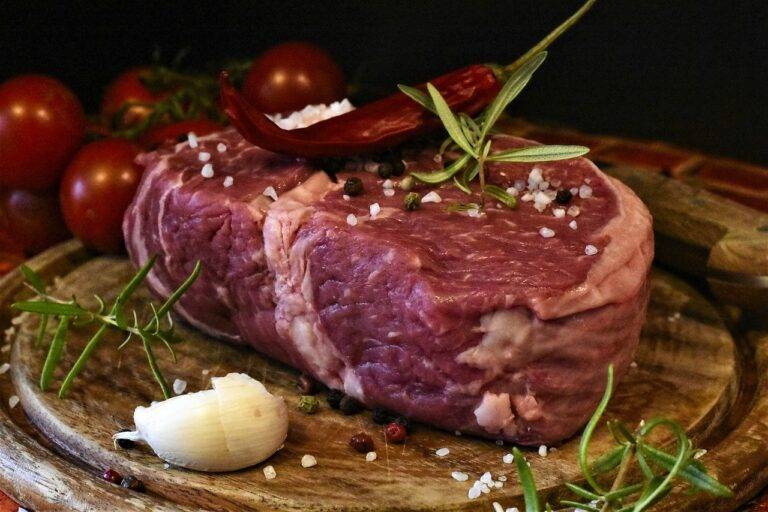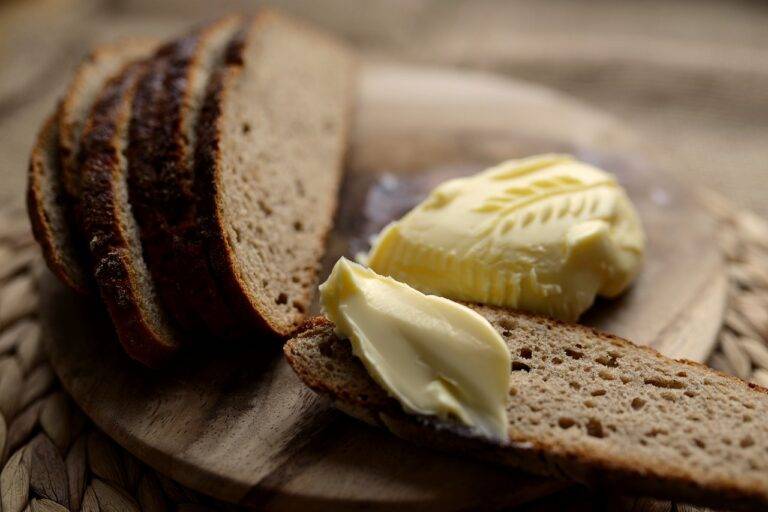The Art of Food Presentation: Techniques for Plating Like a Pro
Presentation in food plays a crucial role in the overall dining experience, acting as the first impression that can influence a customer’s perception of a dish. The visual appeal of a plate can entice diners and enhance their anticipation of the flavors, aromas, and textures they are about to experience. It creates a sensory journey that begins before the first bite is taken, setting the tone for the entire meal.
When a dish is aesthetically pleasing, it not only delights the eyes but also stimulates other senses, such as taste and smell. The way food is arranged on a plate can convey a sense of balance, harmony, and creativity, reflecting the chef’s skill and attention to detail. The combination of colors, shapes, and textures in a well-presented dish can elevate the dining experience, making it more memorable and enjoyable for diners.
Understanding Color Theory in Plating
When it comes to plating a dish, color plays a crucial role in enhancing the overall appeal and presentation. Understanding the basic principles of color theory can help chefs create visually appealing and appetizing dishes. It is important to consider the color wheel, which consists of primary, secondary, and tertiary colors that can be used to create harmony or contrast in plating.
One key aspect of color theory in plating is the concept of complementary colors. These are colors that are opposite each other on the color wheel, such as red and green or blue and orange. When used together, complementary colors can create a striking visual impact on a plate, making the dish more visually appealing and enticing to diners.
Why is presentation important in food?
Presentation is important in food because it can greatly influence the overall dining experience. A well-presented dish not only looks visually appealing but also enhances the taste and enjoyment of the meal.
How does color theory play a role in plating?
Color theory is the study of how colors interact with each other. In plating, color theory helps chefs create visually appealing dishes by using a combination of complementary or contrasting colors to make the food look more appetizing.
What are complementary colors in plating?
Complementary colors are colors that are opposite each other on the color wheel, such as red and green, or blue and orange. These colors create a sense of balance and harmony when used together in plating.
How can chefs use color theory to enhance the presentation of a dish?
Chefs can use color theory to enhance the presentation of a dish by considering the colors of the ingredients and how they will look together on the plate. By using a variety of colors and textures, chefs can create visually stunning dishes that are not only delicious but also visually appealing.





